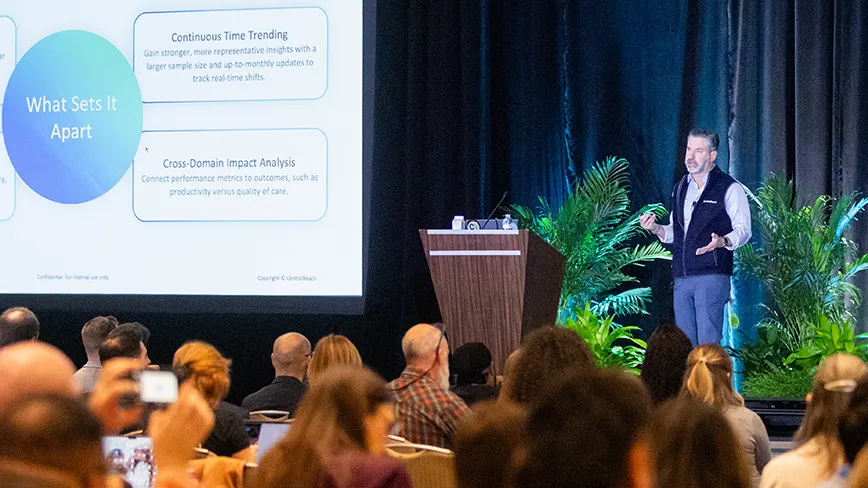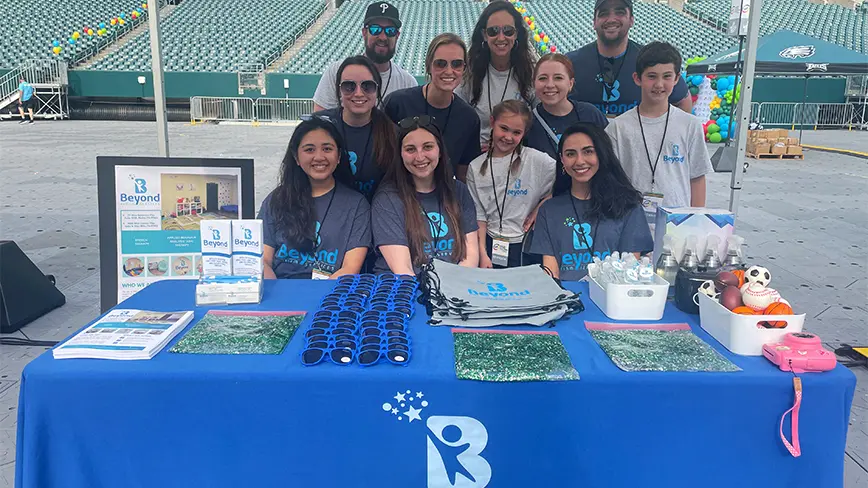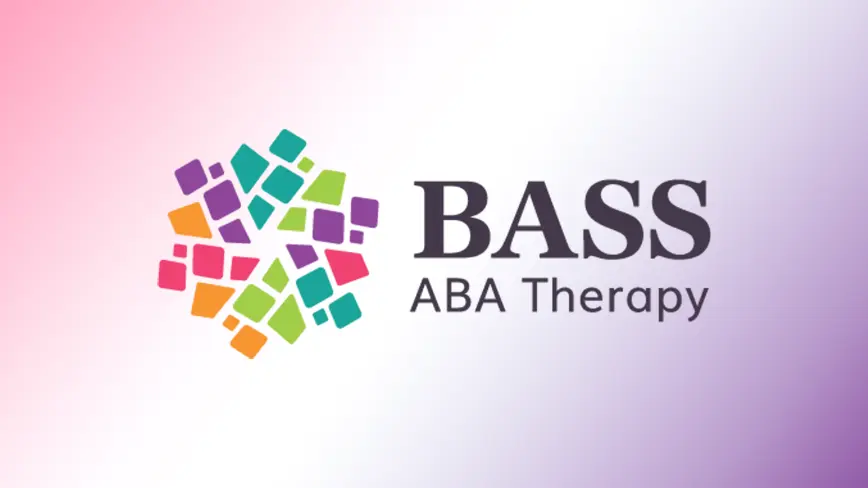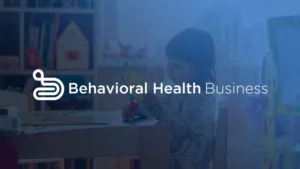The demand for ABA and multidisciplinary services continues to grow, yet high turnover remains a persistent challenge. While many factors influence turnover, one key way to prevent it is by providing new hires with a positive onboarding and training experience.
The onboarding process is the first impression new employees have of an organization. This experience sets the tone for their future with the company, giving them an idea of whether the practice is a place they can grow. A positive and comprehensive onboarding promotes both long-term retention and career advancement. With this in mind, let’s explore a few strategies for creating onboarding experiences that truly make an impact.
Make a Strong First Impression
Each new employee is an investment in your organization. Recruiting new RBTs, BCBAs, and administrative staff requires time, money, and resources. Don’t let that all go to waste once they’re in the door. Organizations with a strong onboarding process can improve new hire retention by 82% and productivity by over 70%. It all starts with making a strong first impression. And while systems and training processes are important, one of the most valuable aspects of the onboarding experience is the human element.
You can make a strong first impression by:
-
- Clearly communicating expectations. A strong first impression starts before day one. Provide your new hire with their training schedule, first-week agenda, and performance expectations before their first day. Be sure to answer any questions they have and address any potential barriers, so there are no surprises on their start day.
- Creating a welcoming environment by introducing the new hire to the team and celebrating their arrival. Express a genuine excitement to have them on board.
- Creating a welcome package. For RBTs, consider a “reinforcer starter bag” with toys, bubbles, or fidgets they can use during sessions and a tablet for on-the-go data collection. For BCBAs, their welcome package could include a company laptop, assessment tools, quick-reference guides, and a notebook or planner. Both packages can also include branded swag, a welcome letter from leadership, and resources outlining professional growth opportunities within the organization.
- Highlighting your organization’s mission and values. According to BambooHR, 96% of new hires want an introduction to the organization’s mission and values. Help new hires feel connected to the mission by communicating how their role contributes to the organization’s goals and the impact their work has on clients.
- Streamlining the onboarding process with a centralized digital hub that houses their training schedule, onboarding paperwork, and other pertinent information, so new hires can easily follow the onboarding workflow and focus on learning their role.
- Building rapport. Take time to learn about your new hire’s professional goals and career interests. Inquire about their preferred methods for receiving feedback and what motivates them.
- Encouraging questions and feedback. Encourage new hires to ask questions and provide feedback. Rather than asking them, “Do you have any questions?” try, “What questions do you have for me about ____?” This approach encourages engagement by normalizing questions, signaling that their input is valued, and creating a culture of open communication.
- Assigning a mentor. Pair new technicians with experienced staff who can act as a peer mentor, answer questions, share insights, and provide support.
Set Clear Goals and Measures for Success
Only 12% of employees feel that their company does a good job of onboarding, leaving the vast majority of new hires feeling uncertain or unprepared. Starting a new job, whether one is an experienced ABA professional or brand new to the field, can be overwhelming. Every company has different processes and expectations. Clearly outlining what new staff can expect during onboarding and training not only improves their early experience but also sets the tone for long-term engagement. Help them to recognize the role they play in your organization’s mission and the opportunities that exist beyond their current role.
Leveraging technology to guide new hires is paramount. Navigating responsibilities, schedules, and training requirements can be a lot to manage all at once. A learning management system (LMS) allows organizations to clearly communicate training expectations, track progress, and measure competency at each stage in a single location. This visibility enables new staff to visualize what success looks like, build confidence in their skills, and see a path for advancement.
Beyond Autism Services places onboarding and mentorship at the center of its staff development strategy. Using CR Institute, the organization delivers structured training and guided mentorship to ensure RBTs feel supported from the start, contributing to a 97.15% retention rate, well above industry averages. Read the case study to learn more.
Our approach to onboarding and mentorship is a foundational part of our retention strategy. We want our RBTs to feel supported from day one, and that means giving them the resources and mentorship they need to succeed.
- Theresa Praul-DeFrank, Director of Quality and Training

Incorporate Blended Training
Online training is often a necessary and helpful component of the training process for new hires. The 40-hour RBT course, mandated reporter training, and many others are typically provided online. However, new hire training should also encompass hands-on learning experiences. It can be difficult to retain information when taking 40+ hours of online training. Instead, focus on three tiers of staff development: knowledge, performance, and confidence by aligning the 40-hour modules with hands-on learning.
- Knowledge: Staff are introduced to a concept or skill through online modules.
- Performance: After learning about a concept in the online modules, the staff either role-play with a trainer or overlap a session and practice the skill with a client.
- Confidence: The staff are given opportunities to demonstrate the skill with faded support as they master the skill and can reliably meet pre-determined competency expectations. Through feedback and gradually increasing responsibilities, they systematically gain the confidence and autonomy necessary to perform their role.
Here’s an example of how this could look in practice:
After the behavior technician completes training modules on describing behavior and collecting data, the trainer allows them an opportunity to shadow a session where they record data on the learner’s behaviors and skill acquisition. The supervising behavior analyst provides feedback on their data collection and allows additional opportunities to demonstrate competency, as they gain confidence in this skill area. This immediate application of skills helps solidify learning and illustrates how their training translates into real-world scenarios.
Highlight Growth Opportunities
A comprehensive onboarding process not only helps your team succeed in their current role and improves retention, but it also allows clinicians to see a clear path for career growth and progression.
During onboarding, share the professional pathways available to your staff, whether that includes a career ladder within the behavior technician role or advancement toward BCBA or other supervisory positions. Introducing career development early helps staff feel invested in their long-term future with the organization.
Provide Support Throughout the Onboarding Journey
Support makes all the difference. Ensure there is a dedicated support individual for each new hire’s onboarding journey. Your new staff should know who to contact with questions, concerns, and clarifications on the next steps.
Additionally, plan for a smooth transition from training to the start of taking on cases. Completing a set of trainings and overlaps does not necessarily mean that staff are ready to start cases. Have a process to ensure staff demonstrate key competencies before moving on to the next step and taking on clients.
Onboarding Is a Long-term Investment
Onboarding is not a one-off or short-term experience. According to Gallup, it can take around 12 months for new hires to reach peak performance potential. Viewing onboarding as an ongoing process, one that blends training, mentorship, and opportunities for growth, ensures staff feel supported well beyond their first day.
By investing in a thoughtful onboarding journey, organizations not only improve retention but also lay the foundation for long-term career development. In a field impacted by a provider shortage, robust onboarding practices are critical to cultivating future leaders who will continue to strengthen the quality of care delivered.
Ready to Elevate Your Onboarding Process?
Utilizing a solution like CR Institute, you can engage with your workforce, provide content to help your staff accomplish mandatory onboarding and training, and check employee knowledge by creating interactive, easy-to-update courses. Whether onboarding staff or delivering specific training, you can leverage content to keep learners engaged.
“AI provides us the opportunity to really shift how we design our workflows, how we train staff, and potentially support clinical care over time.”

Manager of Clinical AI Governance
CentralReach






